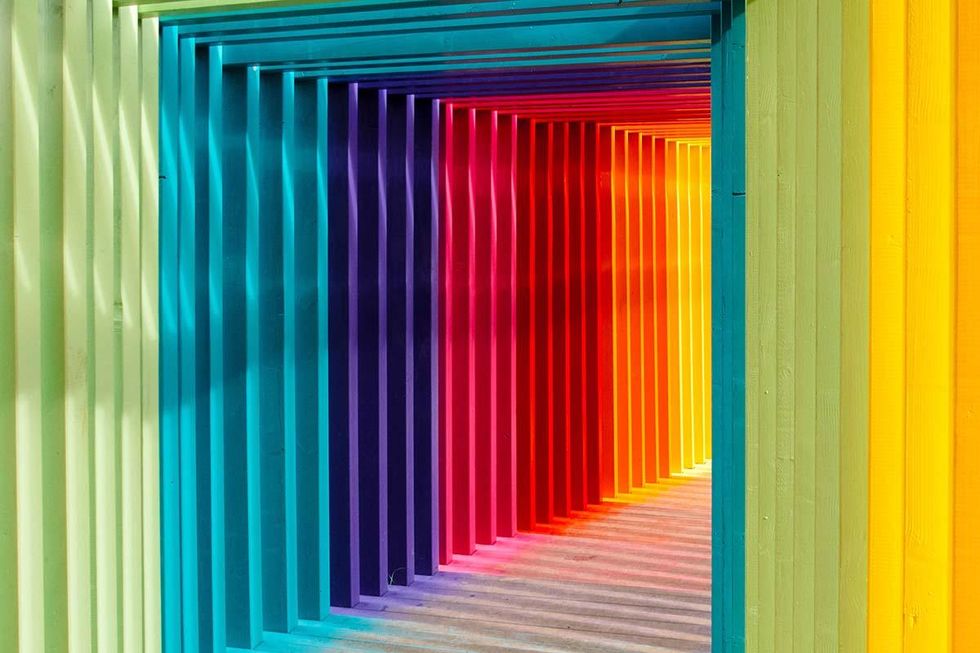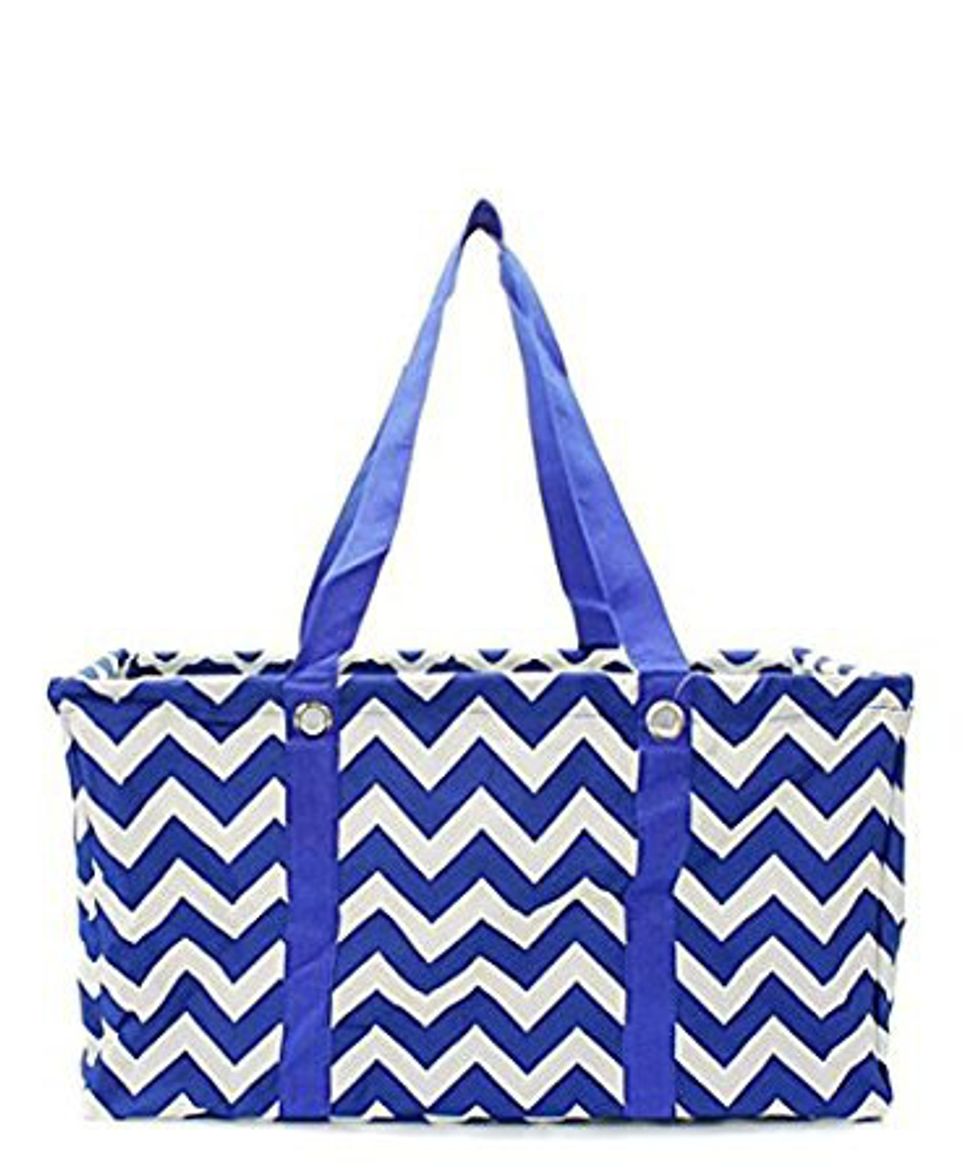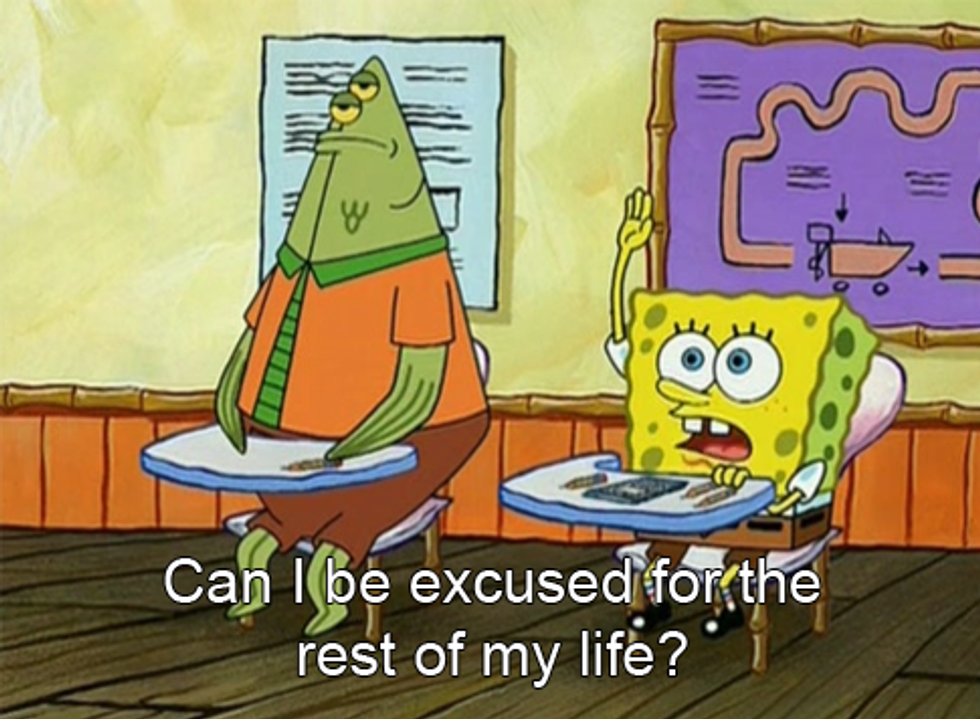Is the red I see the same as the red you see? At first, the question seems incomprehensible. Color is an integral part of visual perception, as fundamental as gravity. So how is someone able to see color differently than you? To get rid of a seemingly stupid question, you can point at different objects and ask about their color. The general opinion seems to solve the problem.
But in some cases, there is an alarming variability. For example, a rug, which some call green, others — blue. Or a dress from a popular photo: is it black and blue or white and gold?
Even if you agree on the color, it is possible that your perception of red differs from the perception of other people. And this applies to other colors and shades. How do we know?
Neuroscientists have solved this age-old riddle and are beginning to give answers to questions. One thing that is already becoming apparent is the reason why individual differences in color are confusing in the first place.
Colors add meaning to what you see
Scientists often explain why people have color vision, a cold analytical language: color is designed to recognize objects. Which, of course, is true, but that's not all.
The color statistics of objects are not arbitrary. The parts of phenomena and things that people choose to designate [«ball», «apple», «tiger»] do not have random colors: they are more likely to be warm colors [orange, yellow, red] and less likely to be cold [blue, green]. This is true even for artificial objects that could be made of any color.
These observations show that your brain can use color to recognize objects, and can explain universal patterns of color notation in different languages.
But object recognition is not the only and maybe not even the main work of color vision. In a 2019 study, neuroscientists Maryam Hasantash and Rosa Lafer-Souza showed participants real stimuli illuminated by low—pressure sodium lampsan energy-efficient yellow light that you probably encountered in a garage or basement.
Yellow light prevents the retina from correctly encoding the color. The researchers reasoned that if they temporarily disable this ability in volunteers, the violation may indicate the normal functioning of color information.
Participants in the experiment could still recognize objects such as strawberries and oranges. This means that color is not crucial for defining objects. But the fruit looked unappetizing.
The volunteers could also recognize faces, but they looked green and sick. Researchers believe this is because your expectations about normal facial coloring are violated. The green color is a kind of error signal, saying that something is wrong. This phenomenon is an example of how your knowledge can affect your perception. Sometimes what you know or think you know affects what you see.
The 2019 study is based on a simple idea: color is not so important to tell you about things and objects, it is designed to determine the likely value. The color does not speak about the type of fruit, but rather about the taste. And for faces, color is literally a vital sign that helps people identify emotions such as anger and embarrassment, as well as illness, which is well known to any parent.
Perhaps it is the color that is important to tell us about meaning, especially in social interactions, which makes the differences in color perception between people so confusing.
In search of objective, measurable colors
Another reason for concern about the variability of color perception is related to the complexity of measurement. Having an objective metric of experience helps us overcome the predicament of subjectivity. For example, you can measure dimensions using a ruler. Disagreements about the apparent size can be resolved impartially.
With the help of color, we are able to measure the proportions of different wavelengths on a rainbow. But these «spectral power distributions» by themselves do not tell us about color, although they are the physical basis. This distribution may have different colors depending on the context and assumptions about materials and lighting, which proved the dress itself.
Perhaps color is a psychobiological property resulting from the brain's reaction to light. If so, are scientists able to find an objective basis for determining color not in the physics of the world, but in the reaction of the human brain?
To calculate color, the brain uses an extensive network of circuits in the cerebral cortex that interpret retinal signals taking into account the context and personal expectations of a person. Can we measure the color of a stimulus by tracking brain activity?
Your brain's reaction to red is similar to the reaction of other people
In 2020, a group of scientists from different universities in the United States used magnetoencephalography [MEG] to observe tiny magnetic fields created during the launch of nerve cell connections in the brain. The researchers were able to classify the reaction to different colors using machine learning, and then decode the colors that the participants in the experiment saw based on brain activity.
It turned out that it is possible to determine color by measuring what is happening in the brain. The results showed the connection of each color with a certain pattern of brain activity.
But are the brain reaction patterns the same for different people? This question is difficult to answer, because we need a way to perfectly align the anatomy of one brain with another, which is really difficult. And what about the perception of similar colors?
An experiment with magnetoencephalography showed that two colors that are more similar in terms of perception, judging by how people label them, cause more similar patterns of brain activity. So your brain will react to color in about the same way when you look at something light green and something dark green. However, there is a completely different perception if you look at something yellow and something brown. Moreover, these relationships of similarity persist between different people.
It is unlikely that physiological measurements will ever resolve metaphysical questions.: what is red? But the results of the MEG, nevertheless, confirm that color is a fact with which one can still agree.




















